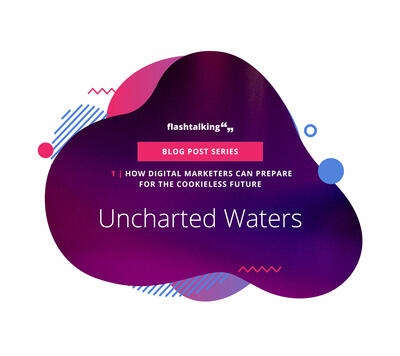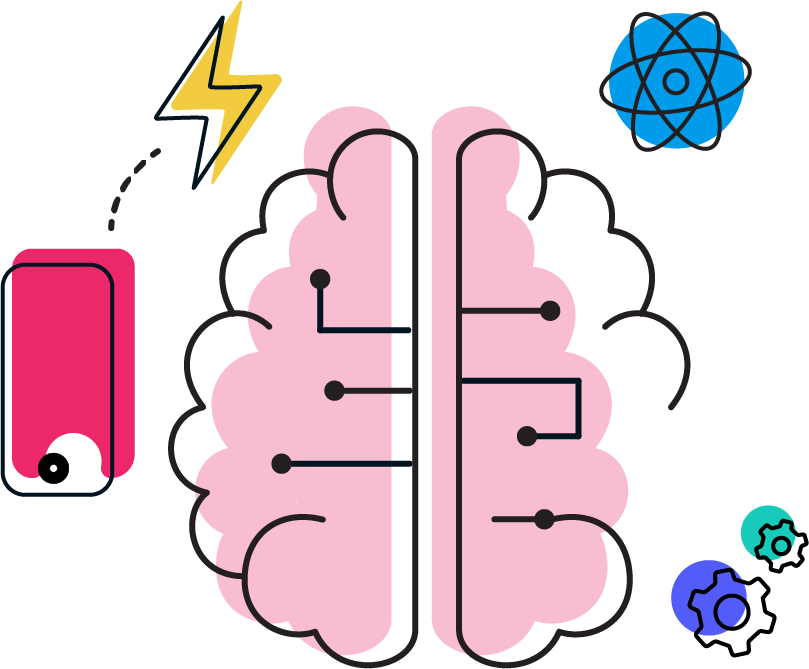


With the imminent removal of third-party cookies and mobile IDs (MAIDS), the world of digital advertising is entering unchartered waters. Because there is no single piece of technology that can replace the cookie/MAID, this new world will be much more complicated with media buying and measurement fragmented across multiple ID spaces.
Identity underpins every aspect of the campaign life cycle, from onboarding, activation, prospecting and retargeting to creative personalization, data and measurement. On the buy side of the ecosystem, ad tech companies have been scrambling to introduce their own versions of a post-cookie identifier, and significant progress is being made to activate these identifiers across buying platforms. But with the loss of addressable coverage via cookies, advertisers will most certainly require multiple IDs on the buy side to reach the scale they need to execute their omnichannel media campaigns.
With this shift, a whole new set of problems emerge around performance measurement and creative personalization. It is critical for advertisers to measure the effectiveness of their advertising investments, but will be very difficult to deliver reach, frequency and attribution results working from multiple disparate datasets. Advertisers will need a single, consolidated view of the customer journey by stitching these IDs together across every impression, click and conversion on the open web. And they need to leverage the new identity constructs to deliver personalized creative in the absence of cookies.
In short, advertisers need a way to safeguard their campaign measurement and personalization.
It is in this context that the ad server emerges as the most viable solution for safeguarding campaigns. It is the only place in the ad tech stack where identity data and campaign data can be joined at both the consumer and impression level. As we will discuss, Flashtalking is the world’s first ad server to function—by design—without cookies to unify client identity across identity spaces for measurement and personalization. Most importantly, our cookieless identity framework is market-ready; our cookieless footprint has been built over the last five years and is used by over 120 advertisers globally.
In our next blog post in this series: Part 2: The Identityscape 2022, we will discuss the new identity landscape, or “Identityscape” and the consequences on the digital campaign life cycle. In the meantime, download our identity whitepaper and watch our on-demand webinar.







